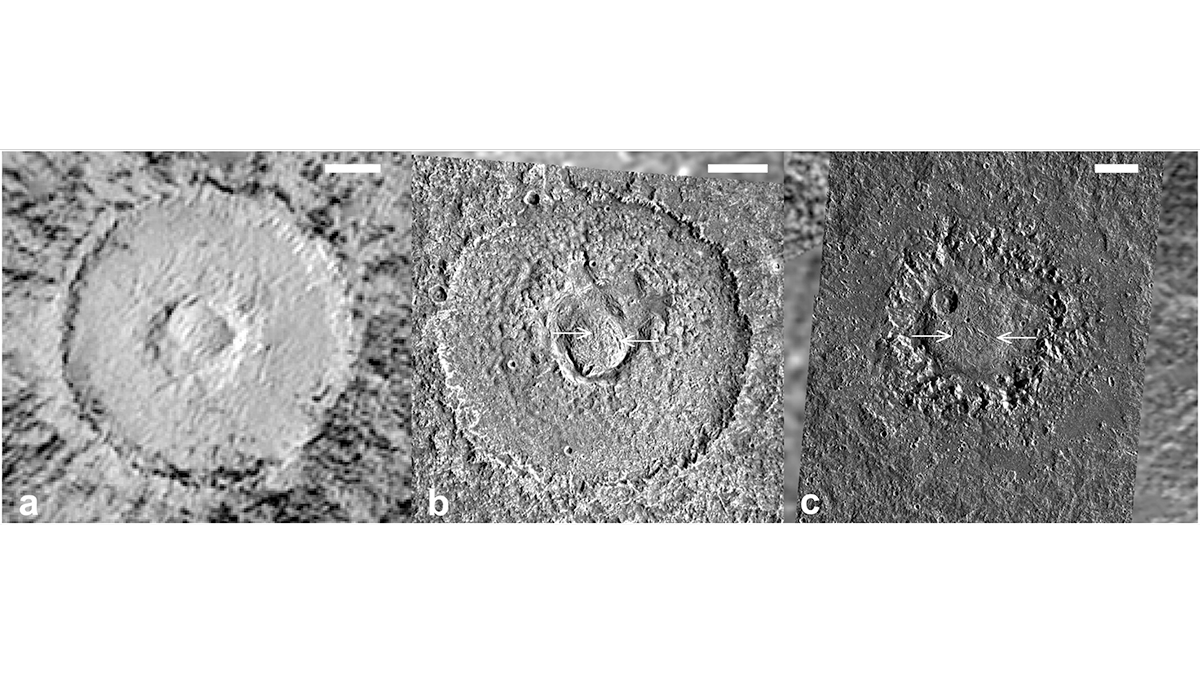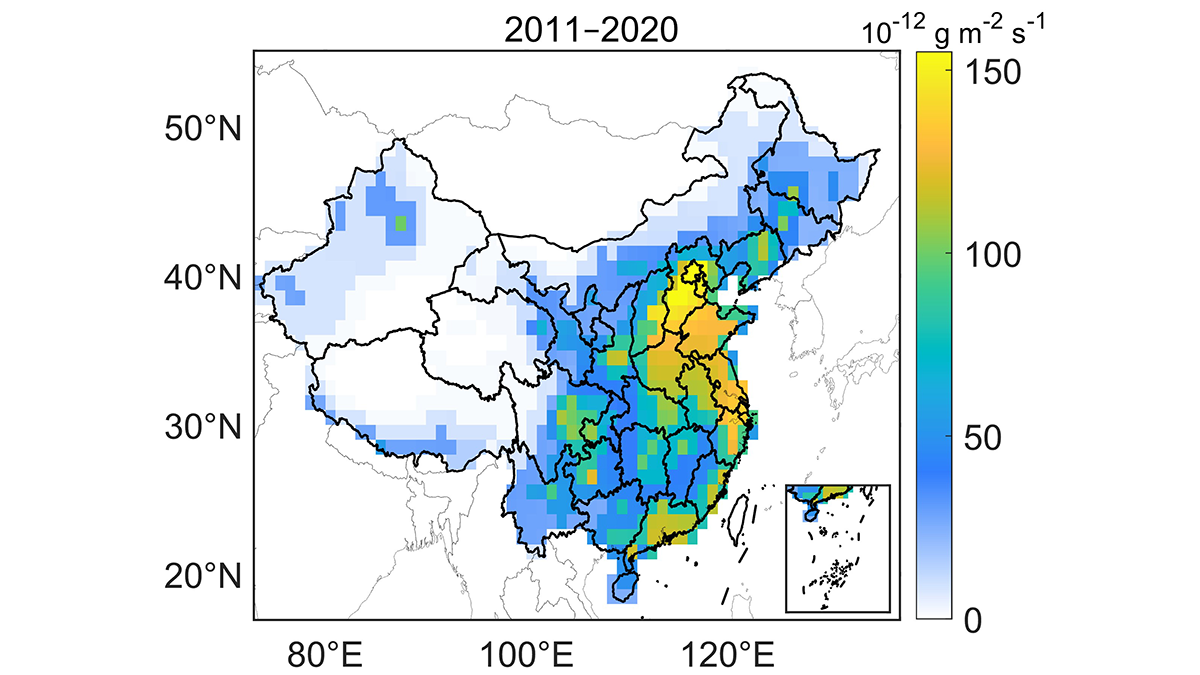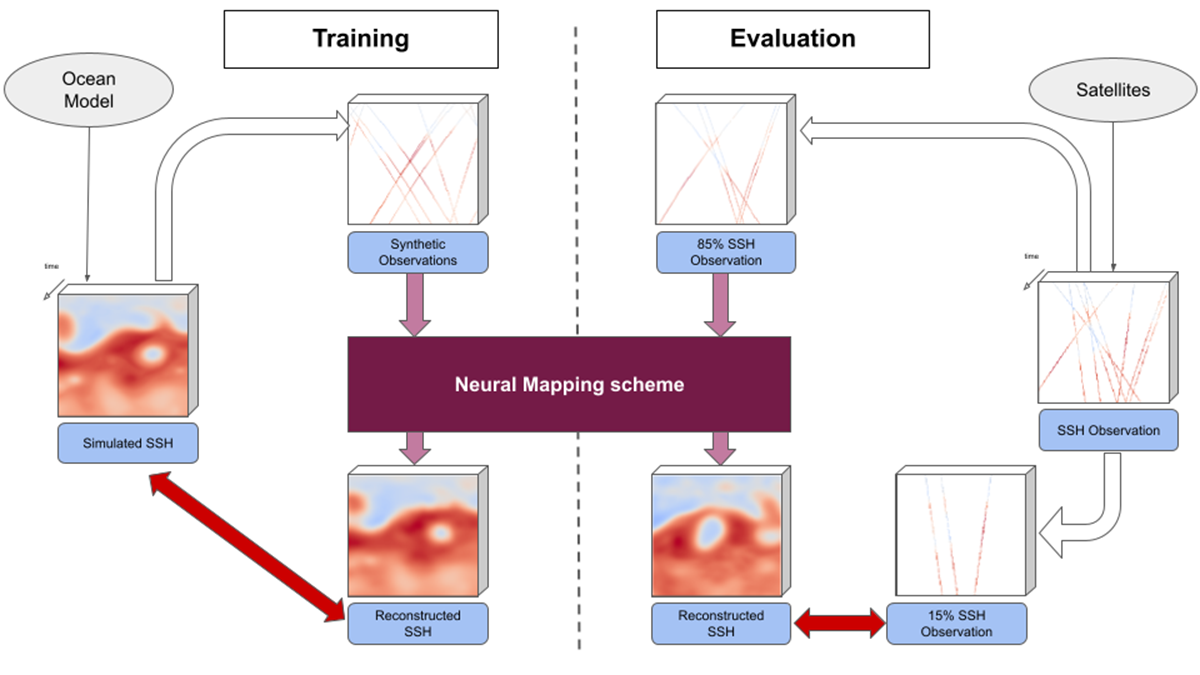New research shows that though marine cloud brightening holds potential to temporarily reduce heat stress regionally, the technique has unpredictable and far-reaching outcomes.
Modeling
Sarah Minson: A Collaborative Quake Career
A geophysicist thrives on teamwork at the U.S. Geological Survey.
Alexander Farnsworth: Finding Fact in Climate Fiction
A paleoclimatologist uses his modeling skills for both science and sci-fi.
Equation Discovery for Subgrid-Scale Closures
Machine learning can discover closure equations for fluid simulations. A new study finds that common algorithms rediscover known, unstable closures, which can be stabilized with higher-order terms.
Unveiling the Origins of Dome Craters on Ganymede and Callisto
Large craters with broad central domes are a unique crater morphology on Jupiter’s largest icy moons: Ganymede and Callisto. A new study examines how remnant impact heat may lead to their formation.
Need for Better Accounting of CFC-12 Emissions from China
New observations show that bottom-up tracking of CFC-12 emissions from China are underestimated, illustrating the need for better accounting for reductions from the Montreal Protocol.
Ocean Impacts on European Winter Weather
State-of-the-art high-resolution models are needed to reveal the ocean’s role in driving extra-tropical weather systems.
The Size of the Great Salt Lake Affects Storm Precipitation
Utah’s most famous body of water is shrinking, and storms might deliver less precipitation than normal if that trend continues.
Tracing Millions of Years of Geologic Stress in the Andean Plateau
Paleostress modeling shows how a region of the Andean Plateau was uplifted and formed beginning more than 20 million years ago.
Physics + Machine Learning Provide a Better Map of Ocean Measurements
A new study offers a compelling example where the merger of dynamical modeling, machine learning, and ocean measurements enhances oceanographic understanding, monitoring, and mapping.










